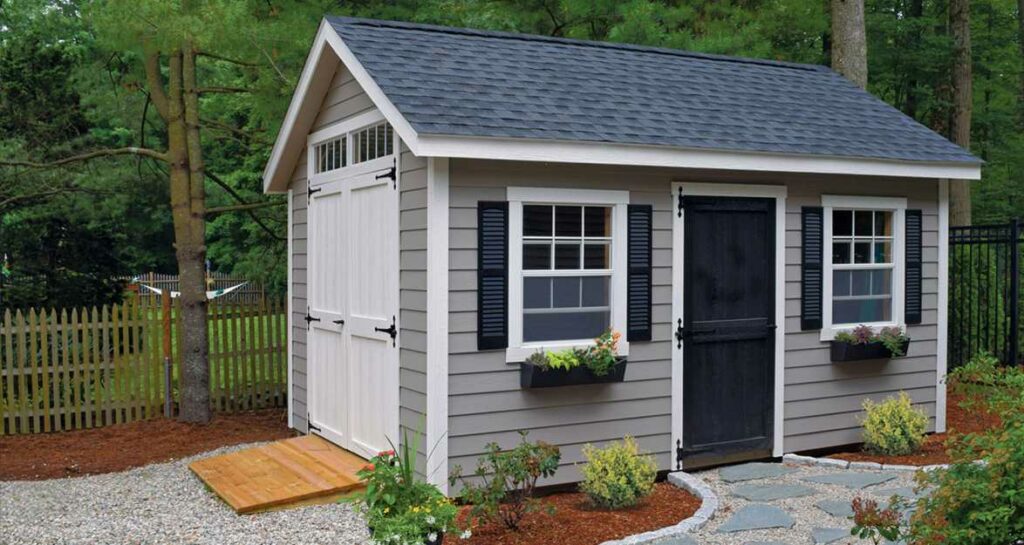Building certification programs have become increasingly popular in recent years as more and more building owners and operators recognize the importance of sustainability. One important aspect of building certification is the use of sustainable materials. Sustainable materials can help reduce the environmental impact of buildings and improve their overall sustainability. In this article, we will discuss building certification and materials sustainability, including what you need to know about sustainable materials and how they can be incorporated into building certification programs.
Building certification programs are designed to evaluate a building’s environmental performance based on several criteria. These criteria may include energy usage, water usage, waste management, indoor air quality, and the use of sustainable materials. The certification process involves an independent third party who evaluates the building’s performance against these criteria and awards a certification if it meets the necessary standards.
One of the criteria that building certification programs evaluate is the use of sustainable materials. Sustainable materials are materials that are environmentally responsible throughout their entire life cycle, from extraction and production to disposal or recycling. Sustainable materials can help reduce the environmental impact of buildings and improve their overall sustainability.
There are several types of sustainable materials that can be used in buildings. These include:
- Renewable materials: Renewable materials are materials that can be replenished over time, such as wood, bamboo, and cork. These materials are preferred over non-renewable materials because they have a lower environmental impact.
- Recycled materials: Recycled materials are materials that have been used before and are then repurposed for use in building construction. Examples of recycled materials include recycled steel, recycled plastic, and recycled glass.
- Low-impact materials: Low-impact materials are materials that have a low environmental impact throughout their life cycle. These materials are often sourced locally to reduce the carbon footprint associated with transportation.
- Non-toxic materials: Non-toxic materials are materials that do not release harmful chemicals or pollutants into the environment. Examples of non-toxic materials include low-VOC paints, formaldehyde-free insulation, and natural fiber carpets.
Incorporating sustainable materials into building certification programs can have several benefits. One benefit is that sustainable materials can help reduce the environmental impact of buildings. Buildings are responsible for a significant amount of energy consumption and greenhouse gas emissions, and the use of sustainable materials can help reduce these impacts. Sustainable materials also help conserve natural resources and reduce waste.
Another benefit of incorporating sustainable materials into building certification programs is that it can help reduce costs. Sustainable materials may have a higher upfront cost, but they often have a longer lifespan and require less maintenance than traditional materials. Additionally, the use of sustainable materials can help reduce operating costs, such as energy and water usage.
There are several building certification programs available that incorporate sustainable materials into their criteria. One of the most well-known building certification programs is the Leadership in Energy and Environmental Design (LEED) program. The LEED program evaluates buildings based on several criteria, including the use of sustainable materials. Other building certification programs that incorporate sustainable materials include the Living Building Challenge and the Green Globes program.
In addition to building certification programs, there are several organizations and certifications that focus specifically on sustainable materials. These include the Forest Stewardship Council (FSC), which certifies sustainably sourced wood, and the Cradle to Cradle certification, which evaluates products based on their environmental impact throughout their entire life cycle.
When incorporating sustainable materials into building construction and certification, it is important to consider the entire life cycle of the material. This includes the extraction, production, transportation, use, and disposal or recycling of the material. Sustainable materials should be sourced responsibly, produced using environmentally responsible methods, and have a low impact throughout their entire life cycle.




